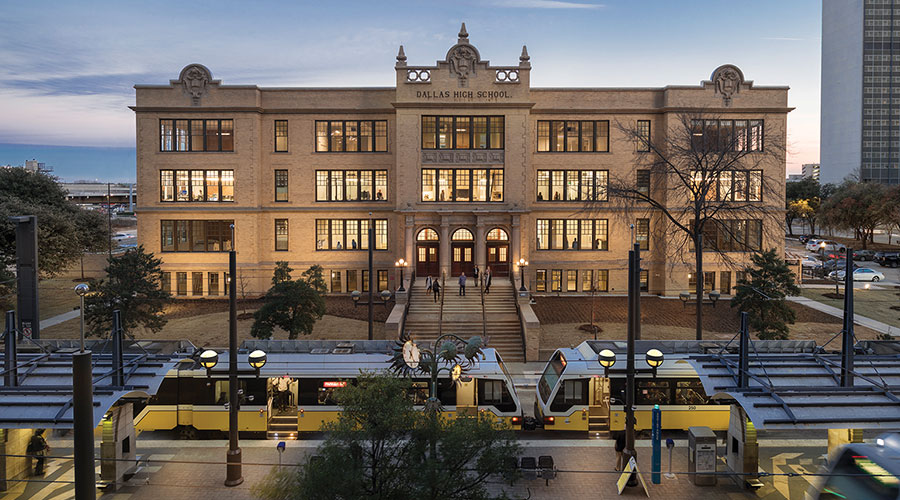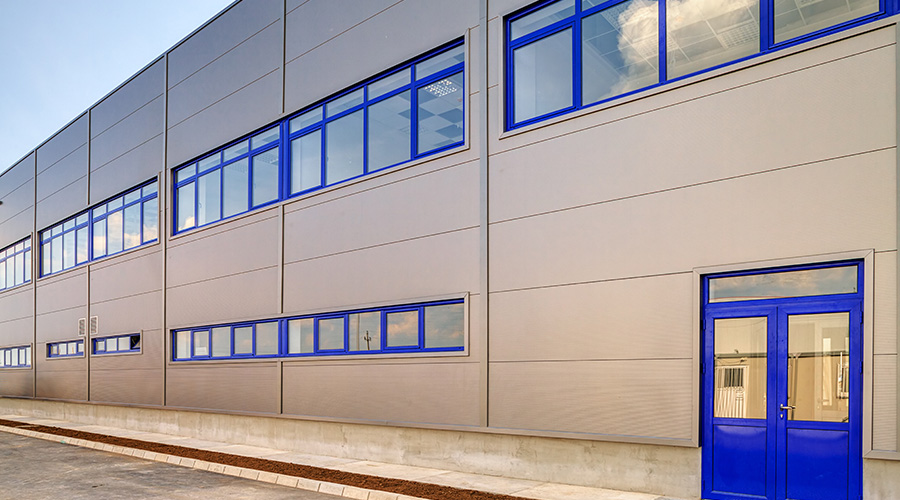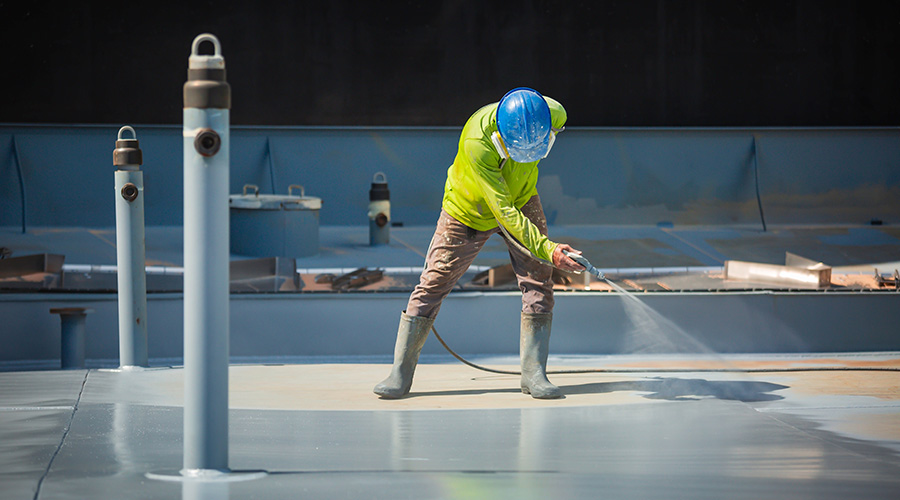Changes Outside, Results Inside
Building envelopes play a central role in enhancing the appearance and performance of institutional and commercial facilities. So exterior maintenance remains a top priority to ensure facilities look their best, perform as designed, and protect interior operations and assets. Several recent developments offer managers even greater opportunities to meet these goals.
Paints
New 100 percent acrylic exterior latex paints offer increased ability to eliminate bleed-through and provide excellent coverage against the elements. Offering better flow and leveling — as well as 50 grams per liter of volatile organic compounds to meet the federal government’s GS-11 environmental standards — they are cost-effective and environmentally friendly. Workers also can apply them over many different substrates in a wider temperature range.
New application tools also are available. Pressure pumps allow a continuous flow of paint into the roller, eliminating the need to stop for refills and much of the cleanup. As a result, managers get more bang for the paint buck, very good coverage in less time, improved environmental benefits, and significantly lower application costs.
Rooftops and Energy
California has begun an initiative to generate 20 percent of its electricity from renewable sources by 2010. In the next five years, Southern California Edison plans to install solar panels on 65 million square feet of commercial rooftops, with a goal of generating 250 megawatts.
The insulating effect will extend the roof's life cycle. So managers win the rooftop trifecta — lower air conditioning and other electric bills, improved roof insulation, and extended life for roofing systems.
Temporary Classrooms
High levels of formaldehyde in travel trailers supplied to Gulf Coast hurricane victims have been the catalyst for more awareness in all types of facilities, as well as for new formaldehyde standards. While plenty of testing standards existed prior to the discovery, no maximum permissible levels existed for formaldehyde.
A combination of factors — high levels of formaldehyde, hot and humid weather, and longer-than normal periods of occupation — caused many illness claims. Now, other users of temporary housing, including schools, offices and construction sites, are taking notice. California has enacted the formaldehyde standards for hardwood, plywood and pressboard used in manufacturing.
The publicity from this situation has created greater awareness of related issues, such as proper cleaning and ventilation, to eliminate off-gassing accumulation to enhance occupant health and safety.
— Thomas A. Westerkamp
Related Topics:











